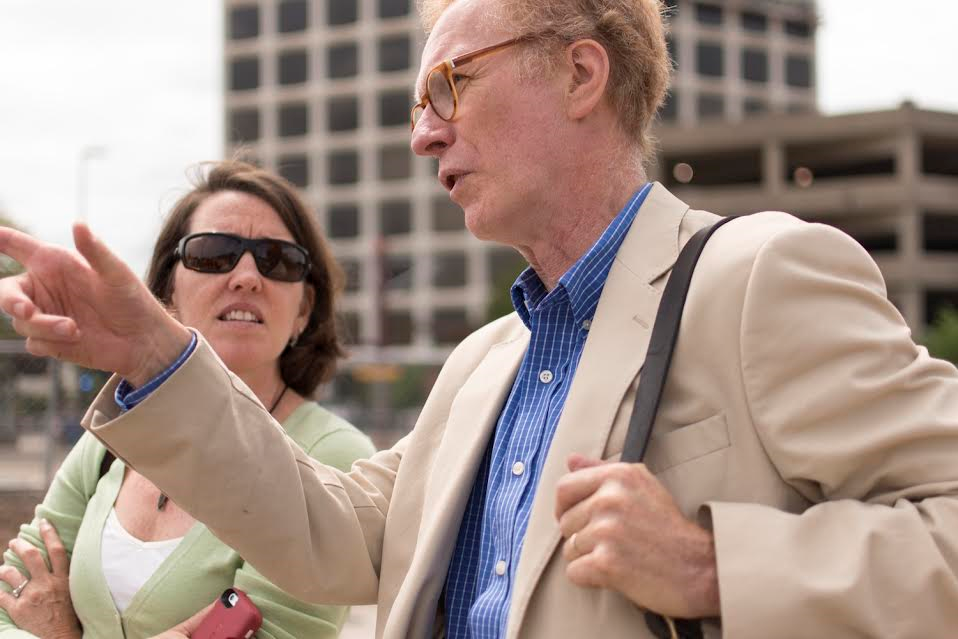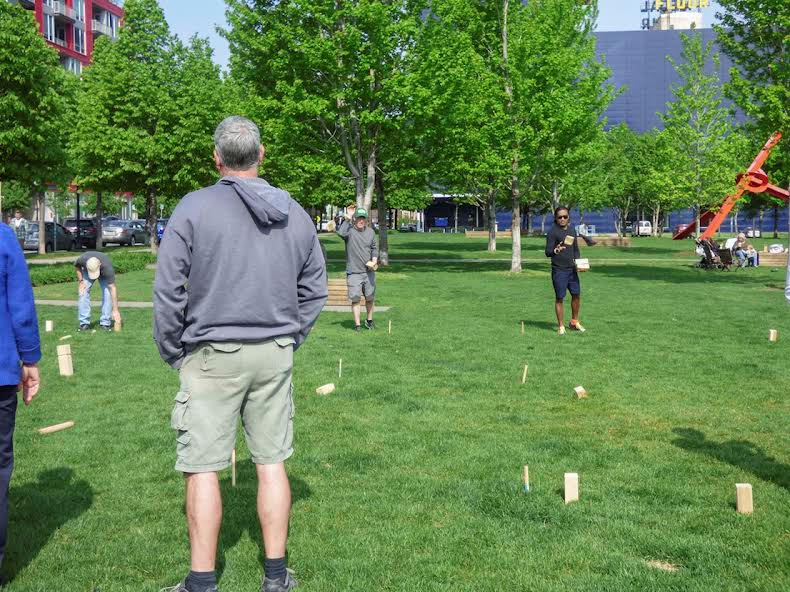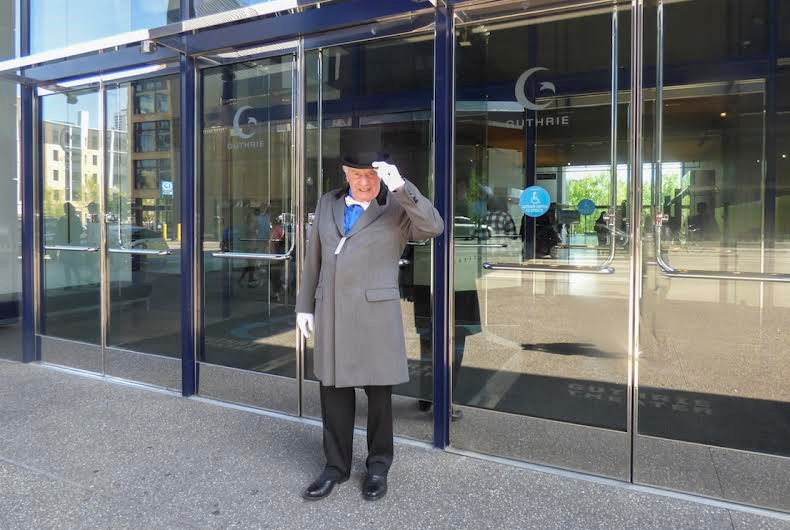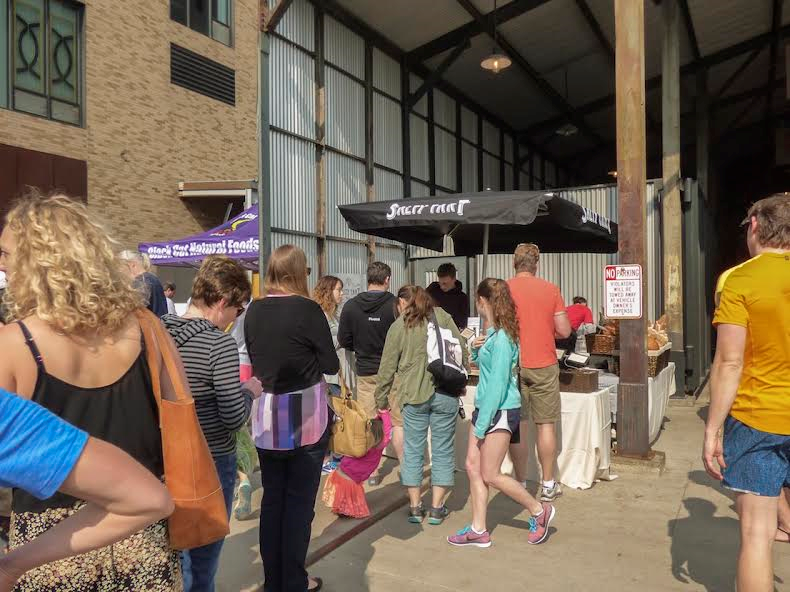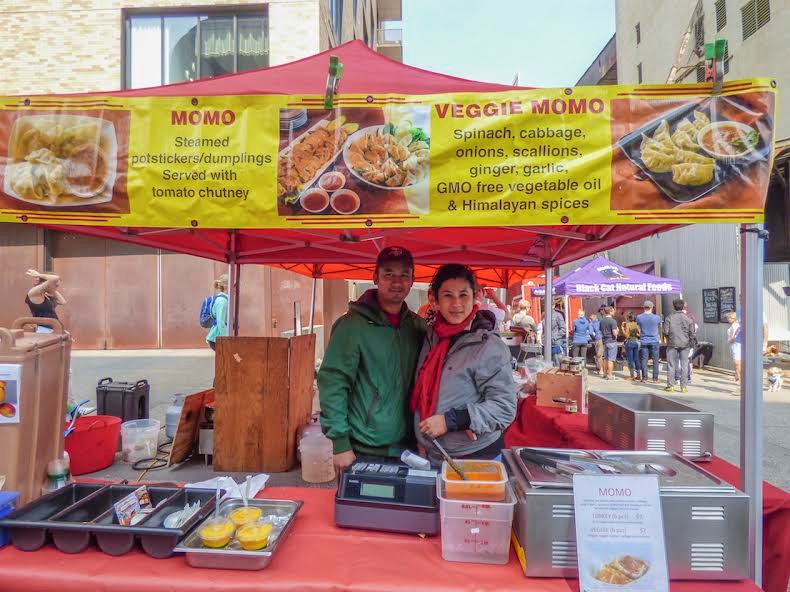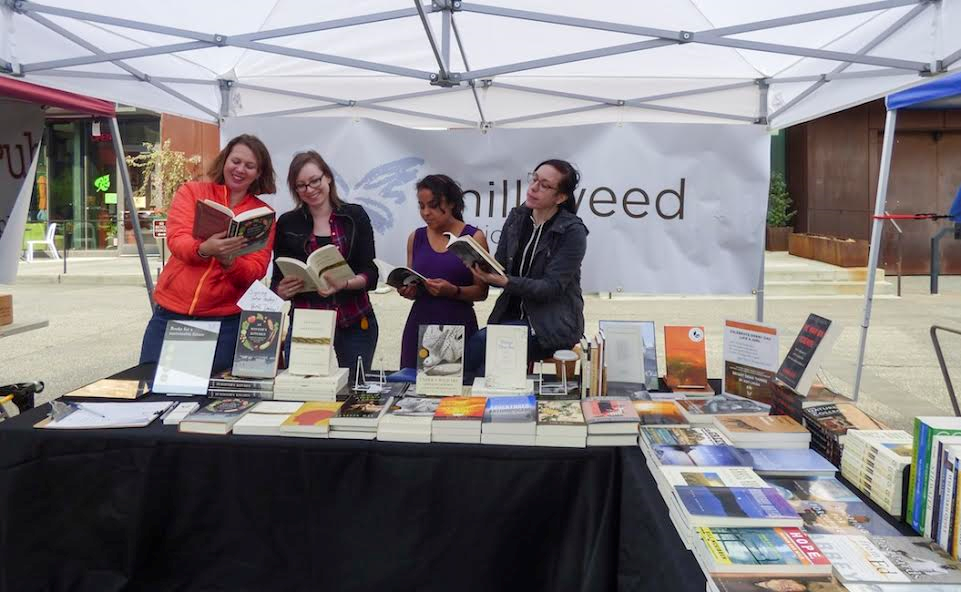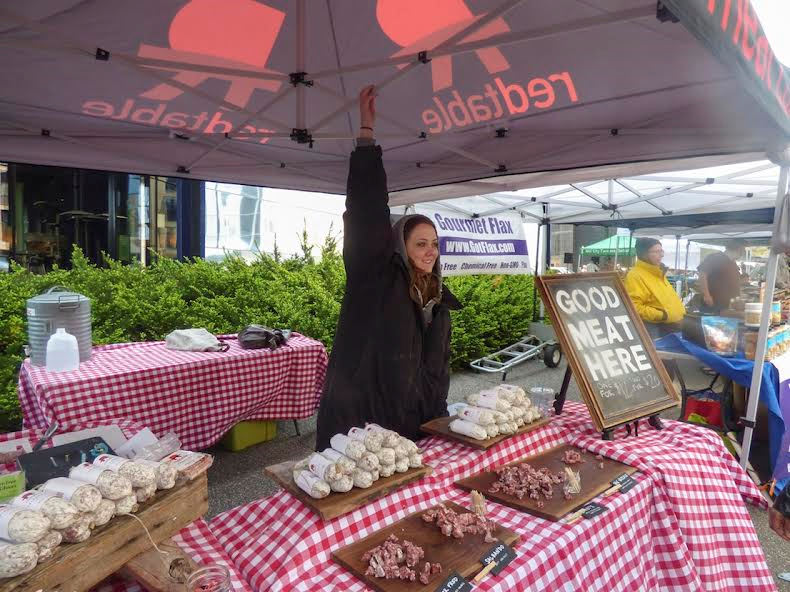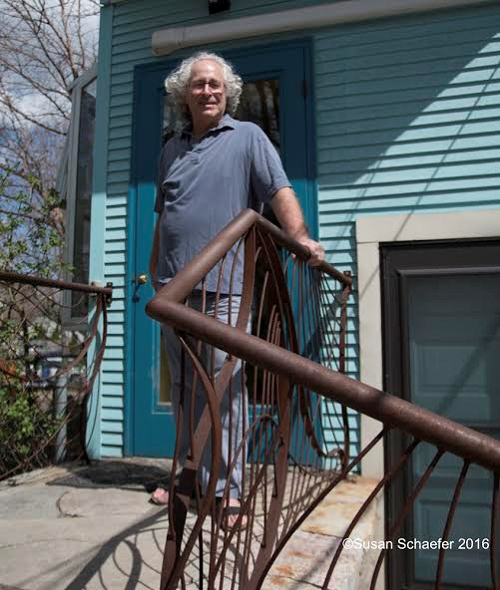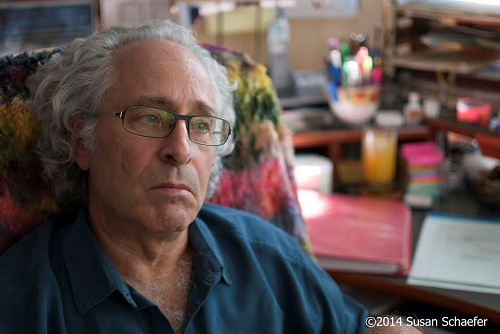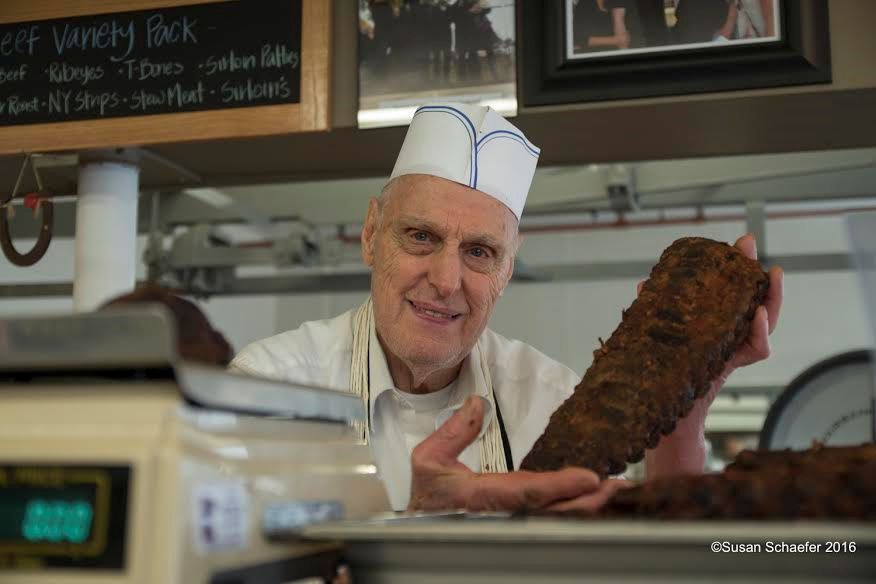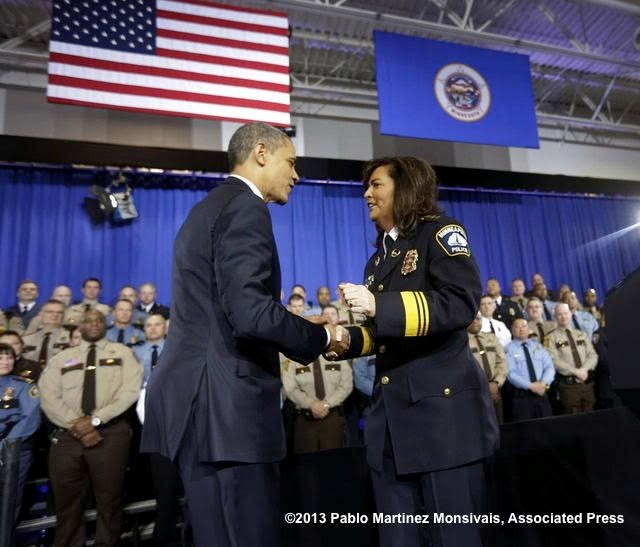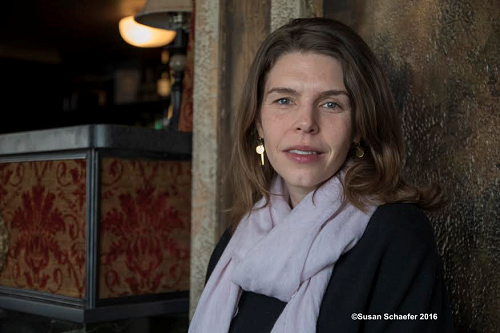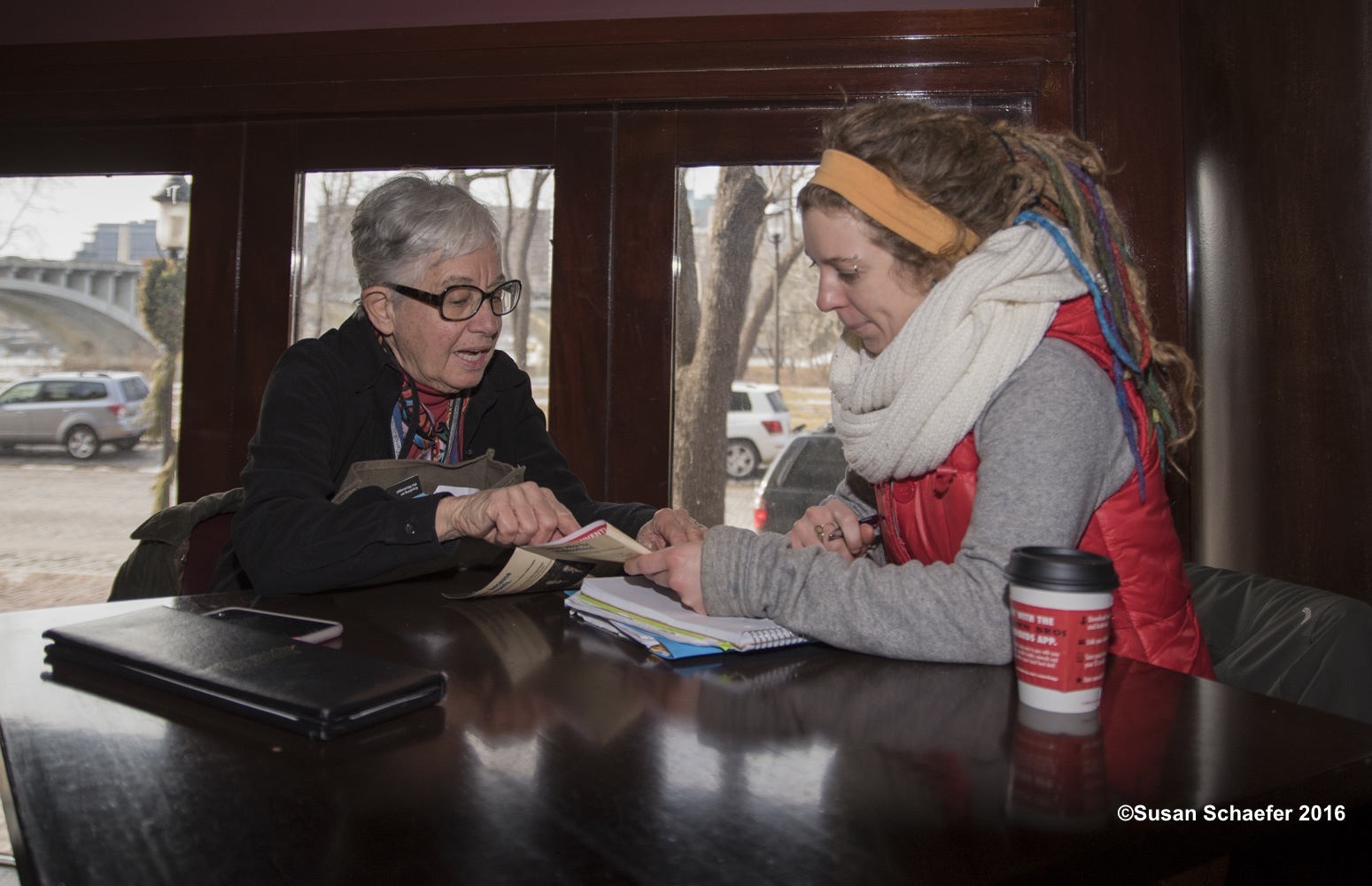One Year at the Loft: Executive Director Britt Udesen tackles some lofty issues
 Wednesday, October 5, 2016 at 2:00AM |
Wednesday, October 5, 2016 at 2:00AM |  Susan Schaefer |
Susan Schaefer | Article and photos by Susan Schaefer
Last year, as The Loft Literary Center turned 40, so did Minnesota native, Britt Udesen. Together, they shared a birthday and a merger of sorts as Udesen stepped into the very big shoes of her popular predecessor, Jocelyn Hale, as executive director of the nationally recognized literary center.
This is a year where much new blood has been infused into major Twin Cities’ cultural establishments, as with Sarah Rasmussen’s ascendency as artistic director at the Jungle Theater (see my Mill City Times’ profile from March 6, 2016) to Joseph Haj replacing Joe Dowling at the venerable Guthrie Theater. Taking over the top spot in any organization can be daunting, but particularly when the organization and the individual have enjoyed high profile status.
 Loft executive director, Britt Udesen, flooded in sunlight
Loft executive director, Britt Udesen, flooded in sunlight
From her sundrenched corner office, a keffiyeh style scarf twined high around her neck, vintage black-rimmed banker’s eyewear propped on her youthful face, Udesen, who looks every bit the role of a cultural non-profit executive, shared reflections on her first year at the Loft’s helm.
“Taking over after Jocey was one of the more daunting parts of the job,” she admits. “She was an exemplary ED and a force in the community. One of the kindest things she did for me, and for the Loft, was to plan out her departure with both the staff and the board.”
Udesen, who was actively recruited for the job from the Cabin literary center in Boise, Idaho, was the Loft’s hands down winner in a wide-ranging search. Known for having encouraged collaborative programs with other artistic organizations during her two-and-a-half-year tenure at the Cabin, I suggest introducing her to Rasmussen, who embraces collaboration and actively seeks more diversity and inclusion in her dramatic work at the Jungle. She nods to the idea.
Speaking of inclusion and diversity, I’m curious as to how Udesen is going to tackle this thorny issue – diversification– that has dogged the Loft’s historic rarified base. Back in 1993, then-Loft program director Carolyn Holbrook quit, stating there were too many roadblocks to making the Loft more diverse. More recently Holbrook has acknowledged that the Loft has tried doing things better for diverse populations. In fact, she has returned to serve as a mentor.
Indeed, the Loft, with a budget of over $2 million, has a storied history forged over many years, dating back to the humble Dinkytown Book Loft over Marly Rusoff’s bookstore in the 1970s. It has hosted such luminaries as Robert Bly, Patricia Hampl and Garrison Keillor, among many others, enjoying a great reputation with world-class publishers and authors alike. Yet, this very provenance still causes some ‘elitist’ perception problems in an increasingly diverse literary scene. Udesen faces the challenge of serving the Loft’s core mission while opening its doors to the vibrant wider communities that have long since made the Twin Cities their home.
Udesen alludes to new programming that will address this critical gap, particularly by diversifying the teaching core. She echoes Holbrook who once stated that all organizations “have a culture and it takes time to change that culture.”
 It’s not only the books that are dog-eared at the Loft!
It’s not only the books that are dog-eared at the Loft!
Key to changing any culture begins internally. A first step, she states, is “that we need to break down perceived barriers between departments.” Her four-legged office companion, Lou Lou, resonates with this task, ever so slightly acknowledging the work ahead with a wag of a tail. (Support from all quarters, especially hindquarters, is always helpful!)
A resident of the Bancroft neighborhood, Udesen is re-embracing the Twin Cities she once called home. She grew up in a St. Paul suburb, and partly in Duluth, a place that obviously reaches deep into her core identity.
“Even when we lived in the Twin Cities, my dad, a Duluth native, made sure I was raised with a deep love of the North Shore and the north woods,” she notes. “Every possible weekend was spent outside, under pine trees. That has stuck with me and was certainly one of the things that drew me back to the area. There are few places I know where you can access incredible arts programming, great food, and a canoe trip or a ski trail within the same few miles.”
Having graduated from Macalester, she and her dog, cat and journalist husband Matt (mentioned in that order) have more than passing familiarity with the Cities – Matt, too, attended a few years at Eden Prairie High. But, they’ve spent many years in Idaho, and as in all transitions, they are still finding their way around.
“We've been pretty busy starting new work and finding a home, so neither of us have been able to ride our bikes, make art, or go fishing as much as we would like.” It’s no secret – Udesen is an avid fisher woman!
Yet, she says she is settling in nicely – hitting her stride at work and at play. Last February, she participated in the Art Shanty program with poet Julie Strand, “and loved it. Where else can you spend the month of February on a lake, with artists?” she beams.
With the critical first year under her belt I ask what other changes we might expect from the Loft.
“The Loft is at a very exciting moment in its history. We're headed into middle age as an organization and it's time for us to look at what we do well, what we could refresh, and how we can open the doors open even wider to invite in more readers and writers.”
She acknowledges that she and staff are “very excited about the challenges ahead and hope people will notice a difference,” emphasizing that their first priority is “putting literature at the center of conversations around big ideas, while of course, continuing to offer the amazing readings, classes, events, and programs that we've always done, but reimagining how these programs might feature new voices.”
Udesen, herself at middle age, nevertheless possesses that youthful vigor that we are seeing infused into leadership roles at many of the Twin Cities’ established cultural organizations. Such gusto is needed, and promises to invigorate a cultural landscape that otherwise could become a bit tired and musty.
Look for Udesen with trusty companion, Lou Lou, on their daily morning walks along Washington Avenue and say hello.
Susan Schaefer can be reached at susan@millcitymedia.org.
























